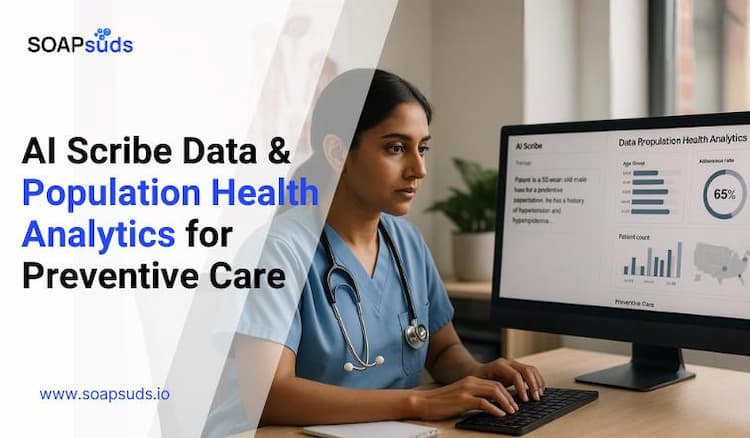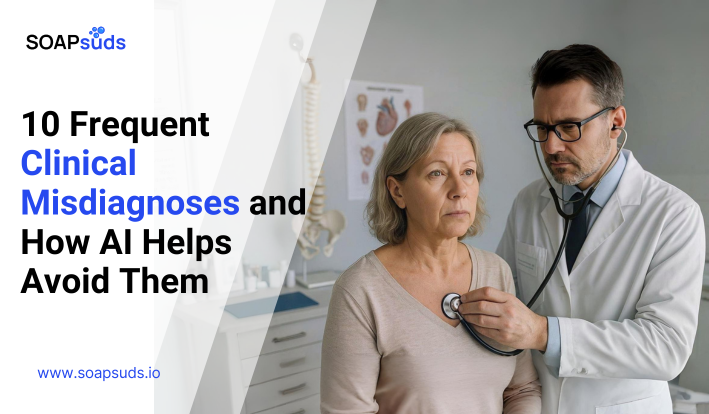Medical School AI and Next Generation of Physicians
SOAPsuds team
Published: 9/25/2025
SOAPsuds team
Published: 9/25/2025

Feeling stressed from handling medical paperwork is common. AI transcription tools provide a smart way...

It is well known that EHR documentation is a major contributor to physician burnout in...

At the core of every helpful therapy process is something simple yet important: the bond...

AI scribes and population health tools are reshaping preventive healthcare. By automating note-taking and reviewing

Healthcare providers spend about 1.77 hours each day completing notes outside regular office hours

Misdiagnoses remain a serious concern, with 75% of major diagnostic errors linked to three areas
Clinical Notes
SOAP notes
DAP notes
AI medical notes